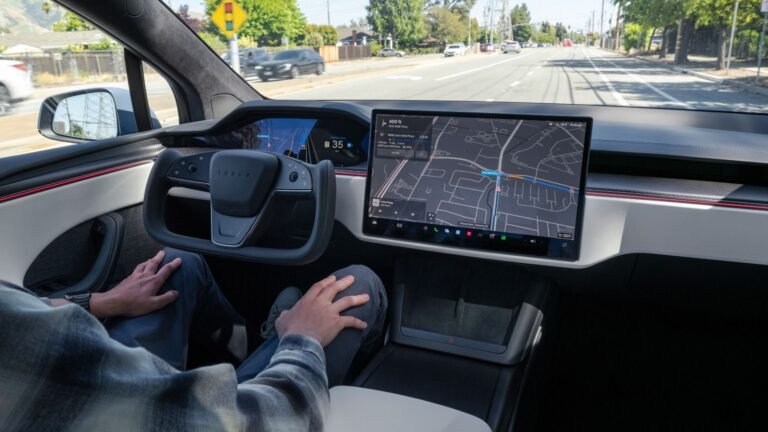
- J.D. Power predicts a 60% EV sales drop in October from September levels.
- Decline follows expiration of federal tax credits that boosted affordability.
- EVs will make up 5.2% of new sales, down from September’s record 12.9%.
There was no getting around the fact that EV sales would take a massive blow without government subsidies. $7,500 is no small amount of cash, and tacking it onto the price of a car will make most vehicles way less appealing.
If J.D. Power is right, the loss of that credit has had an even larger impact on the EV market than many in the industry expected.
How Deep Is The Dip?
The research firm, working with GlobalData, predicts 54,673 EV retail sales for October. If that figure holds, it represents a 43.1 percent decline compared with October 2024, when 96,085 electric vehicles were sold. That would also mean a slide in market share from 8.5 percent to just 5.2 percent.
More: Germany Brings Back EV Incentives To Save Its Auto Industry
That’s a massive drop from the way September went. EVs hit a record 12.9 percent of the market that month, yet if October’s projected 54,673 EV sales come true, it would mark a 59.9 percent drop from September’s 136,211 units.
“The automotive industry is experiencing a significant recalibration in the electric vehicle segment,” said J.D. Power data analyst Tyson Jominy. “The recent EV market correction underscores a critical lesson: Consumers prefer having access to a range of powertrain options.”
Perhaps the wildest bit of this entire thing is that it could’ve been even worse for EVs. Many brands, including Hyundai, GM, and Tesla, rolled out different methods to ease the pain of losing the federal tax credit.
Had they not done those things, like cutting total costs, rolling out new cheaper models, and more… the hit would’ve no doubt been even harder.
Sales & SAAR Comparison
SWIPE
¹ Figures for Oct 2025 are forecasts based on the first 16 selling days of the month.
² October 2025 has 27 selling days, the same as October 2024.
Automotive executives also believe the EV market will stabilize and continue to grow over time. Both Ford’s current CEO and former CEO agreed on that point recently. Obviously, only time will tell.
Rising Prices, Fewer Discounts
Another interesting find is that average transaction prices are climbing as the EV share drops. The typical new-vehicle sold in October is expected to hit $46,057, about $1,000 higher than last year. Incentive spending has slipped to $2,674 per vehicle, roughly five percent of MSRP.
Analysts say the pullback in incentives largely stems from fewer EV sales. “EVs usually carry far steeper discounts,” noted one researcher. Average EV discounts rose to $13,161 as brands tried to offset lost tax credits, while non-EV discounts fell to $2,423, helping boost overall profitability despite softer EV demand.



